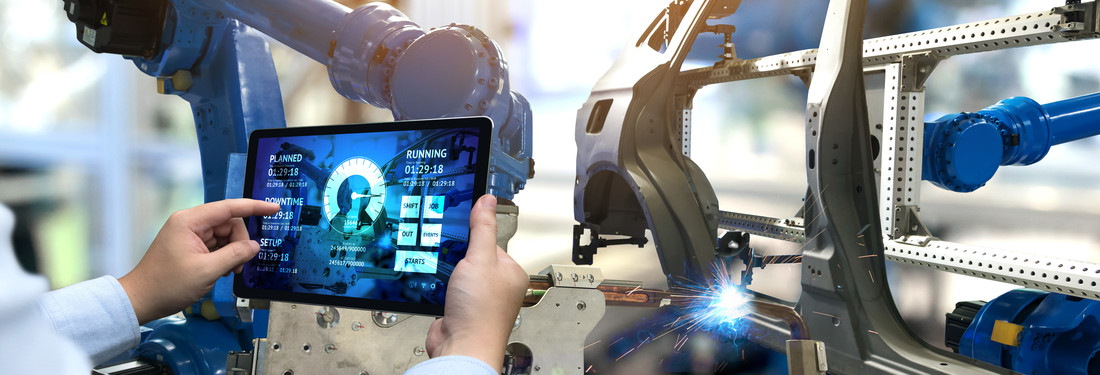AI in projects – matching the right people with the right objectives

Project teams have always relied on people drawn from a range of professions. Different skill sets are brought to the table to deliver a project: leadership, financial control, health and safety, engineering and more.
Another emerging skill set is ‘digital’, a catch-all that encompasses expertise in algorithms, ‘big data’ concepts and, crucially, artificial intelligence (AI). It can be tempting to think of such technologies as critical to the successful delivery of a project – but deploying AI requires people with a specific skill set. This can be acquired through training, or by bringing in people with the right expertise, which can potentially add cost and complexity to a project.
Speaking on a recent Projectified podcast, Snehanshu Mitra, CEO, centre of excellence for data science and AI at NASSCOM, India, advised project teams to first identify whether AI is actually needed or whether other means that are less resource-intensive and time-consuming could be used.
“The type of talent most in demand, whether at an established company or a newer venture, includes AI developers and engineers, AI researchers and data scientists. Seasoned enterprises, having worked with AI more, know what skills they need. You may be looking at AI to create new products and services as opposed to reducing costs.”
He suggests one approach to bridge the talent gap is to induct people with good base skills: “Some AI positions can be filled by those with maths or physics degrees with an aptitude.”
AI for project design within offshore energy
In the renewable energy industry, advances in data analytics, AI and digitisation are being assimilated at a rapid rate in order to deliver projects that reduce the cost of energy produced from wind and solar power plants.
A new software platform, Stationis, has been developed by a consortium consisting of Shell’s floating offshore wind subsidiary, marine engineering companies and academia. Floating wind is the next frontier of offshore wind and allows for wind farms to be built in deeper waters to capture more wind resource, potentially driving down cost.
The new software optimises the design of these projects by integrating and processing five years of research and development and various datasets, reducing the time spent on project design and thus saving money. The development team says that, ordinarily, designing a project for a tender bid would require multiple pieces of software, whereas Stationis is designed for a specific objective and delivers more accurate outcomes.
It serves as a good example of how advances in digitisation and computing can help compress project timelines while also crunching though greater volumes of data to achieve outcomes. Using numerical models to perform the analysis of floating wind farms reduces risks, lessens costs and improves reliability, the Stationis development team says. The company offers packages of licences, along with training to use the software, aimed at mechanical engineers as well as electrical engineers with a technical background working within offshore wind projects.
Demystifying AI
As organisations begin to grasp the benefits of using more advanced computing and digitisation technologies, including AI, it can bring additional complexity to projects, particularly those that bring together multiple stakeholders and people from different spheres of expertise. So how can project teams be nurtured to ensure different interests are catered for while enabling teams to work together and ultimately achieve their shared goal?
Speaking to Projectified, Manolis Koubarakis, project coordinator, ExtremeEarth, National and Kapodistrian University of Athens, Greece, says that in his experience teams need people in them that complement, not compete with, each other in order to collaborate.
“There are some specific things to be aware of. You have to find the right kinds of data for what you want to achieve, and once you have this data, you also need the right technical people to develop the algorithms to work with this data, then people that will develop the application based on what you extract from this data.
“You need good data scientists and software developers sitting together in teams.”
AI, big data and other digitisation technologies will continue to generate hype, just as any new potentially disruptive technology inevitably will. Courses and training programmes are now on offer that attempt to demystify and explain in layman’s terms what AI is and how it is being used today, aimed at non-technical professionals, such as managers and executives, who may find themselves sponsoring or overseeing project teams.
With AI, Koubarakis cautions against over-emphasising these technologies. “People should be patient and manage their expectations about what AI can deliver.”
You may also be interested in:


0 comments
Log in to post a comment, or create an account if you don't have one already.